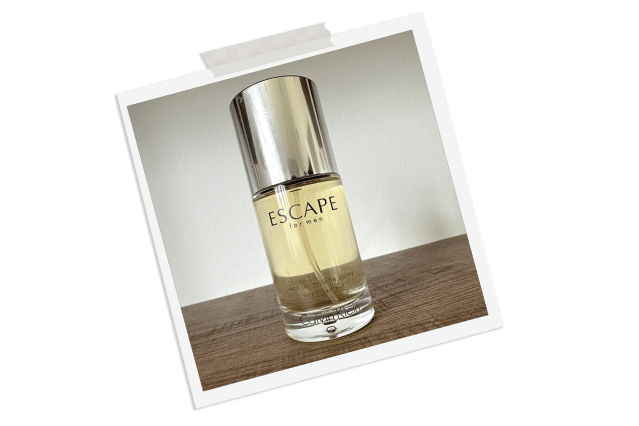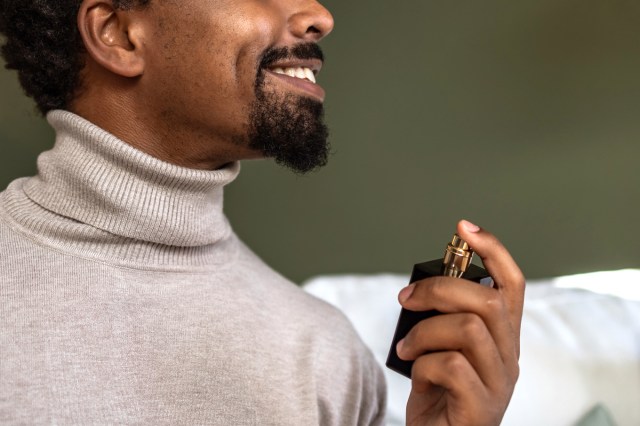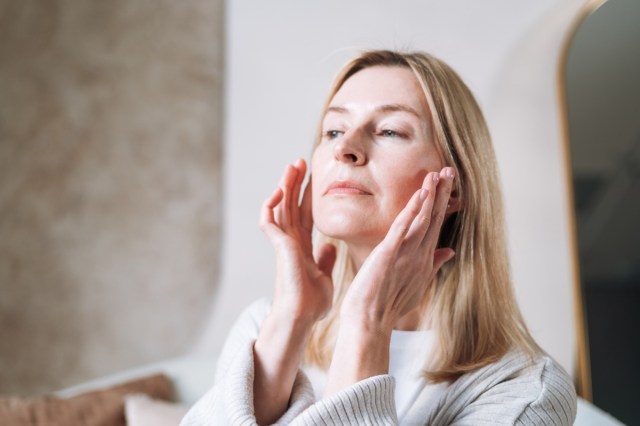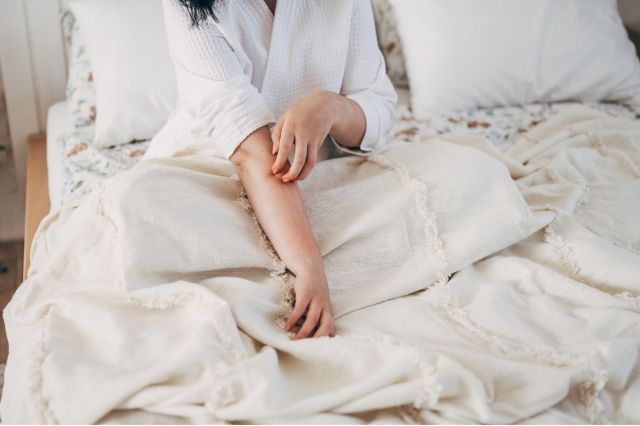I don’t remember much from middle school. I recall a math teacher who carried loose sticks of chalk in his back pocket so that when he turned to write on the board, you saw the white dust covering his backside. I remember a prank some older students pulled in which they led a cow into the school’s hallway, which, well… how could you not? Why aren’t more moments enshrined in my mind? I can’t say. I’ve never had a particularly good memory. But recently, I thought of a clever way to relive some of those formative years.
All featured products and deals are selected independently and objectively by the author. Better Report may receive a share of sales via affiliate links in content.

It has to do with the power of scent. Now, this is not the first time someone has expounded on the virtues of sensory recall. Marcel Proust famously did so in the first installment of his seminal work, “In Search of Lost Time.” Proust, the narrator, eats a madeleine dipped in tea, which transports him back to his aunt’s home many years ago, a long-forgotten yet unlocked memory. There’s a science to it that involves plenty of terms I don’t understand and an array of cortexes I’ve never heard of (the piriform and orbitofrontal, I can tell you, are very important). In layman’s terms, scent has been shown in scans to activate the parts of the brain that process memories. Your olfactory bulb handles the processing of smells, sending signals to the amygdala and hippocampus, two parts closely tied to emotion and the formation of memories. Eating food acts similarly since the sense of smell is so tied to what we consume. And while you could whip up an old family recipe or visit a restaurant you did in your childhood to travel through time, the method I stumbled upon doesn’t require labor or a reservation.
In seventh grade, my friends and I became interested in cologne. We’d collectively urge our parents to drive us to the Quakerbridge Mall, a four-anchor-store shopping center 15 minutes from where we lived, so that we could stand before the Macy’s perfume counter and spray tester bottles of various colognes onto straw-size strips of white paper. We’d shake and sniff the paper, then make refined assessments like “Really good” or “Gross.”

With my allowance, I purchased a bottle of Calvin Klein Escape for Men, a cologne I felt was more unique than the bottles of Acqua Di Gio and Cool Water my friends scooped up. For the next few months, I started each day with a spritz on both wrists, dabbing them together in a motion I presumably picked up from the movies. Applying the cologne became part of my morning routine. I drained the bottle and proceeded to go through another before my interest in cologne waned, replaced, no doubt, by another worthy pursuit like buying Pogs or those t-shirts that changed color when you breathed on them.
I recently became interested in cologne again, deciding I needed a signature scent to wear daily. That I work from home and only sporadically leave my house did not matter. While looking for my new scent, I recalled my Escape for Men days and wondered whether Calvin Klein still made the scent. Alas, Mr. Klein does. Then, another thought: If I took a whiff of Escape for Men today, would it transport me back 30 years to a time I barely remember?
In my research, I came across one issue you, too, might find should you wish to try a similar aroma-based walk down memory lane: reformulation. It’s not uncommon for major manufacturers to modify the formula of your favorite scent over the years. Why? A handful of reasons. Regulations change, for one, and ingredients once deemed safe no longer are. (Were we spraying ourselves with DDT?!) Of course, the bottom line also matters, so some makers have turned to cheaper alternatives to classic ingredients over the years, opting to pad their pockets rather than allow us nostalgic bliss. Then, you have many other factors to keep in mind — trends, procurement of oils, shelf stability, and more. All of that is to say that a fresh bottle of your favorite fragrance from years gone by — if it does still exist — might not perfectly match the one you used to use.
That’s the bad news. The good news is that most of these manufacturers try to keep the spirit of the spritz the same, and unless you have a world-class schnoz, you probably won’t notice a radical difference. I learned Calvin Klein had reformulated my beloved Escape for Men. But after reading a thread on Base Notes, a forum for fragheads (a colloquial term for those passionate about fragrances) riddled with comments about “melon notes” and “tobacco flower,” I decided it might not matter to my amateur olfactory palate.
I ordered a bottle. A few days later, the same chrome-capped cylinder that once sat on my dresser next to a TI-83 graphing calculator arrived. I sprayed two blasts into the air, sticking my nose into the mist. A wave of long-forgotten feelings rushed over me. More than individual moments, I experienced a compact mass of past emotions, like cartoon characters rolling around fighting, a melange of memories I tugged at to rip loose. It was like smelling a glass of wine and trying to recognize notes.
That’s not to say I didn’t recall some specific memories in high-definition. I remembered sitting on the school bus’s cold vinyl seat early in the morning, looking at the back of my friend Fred’s ragged Penn State baseball cap. I remembered a formal before which I practically showered in Escape for Men. I remembered pining over crushes and the sort of cringy moments that only befall a 12-year-old related to those crushes that ensued. It was wonderfully vivid.
Reader Favorites

So, did you wear a particular perfume in your youth? Do you want to reclaim forgotten memories from that era? Then, take a moment to determine whether your chosen scent is still made. Estée Lauder and Avon still make many popular fragrances from the ‘60s, including Azuree or Timeless. Fragrances from Yves Saint Laurent dominated the ‘70s, so if you were one of the many who enjoyed YSL’s Paris or Opium, you’re in luck, as both perfumes are still readily available. Iconic brands like Lancôme, which started in the ‘30s, are also going strong. So, finding a match to unlock some memories might not be as hard as you think.
Featured Image Credit: Riska/ iStock
More From Our Network
Better Report is part of Inbox Studio, which publishes content that uplifts, informs, and inspires.

















